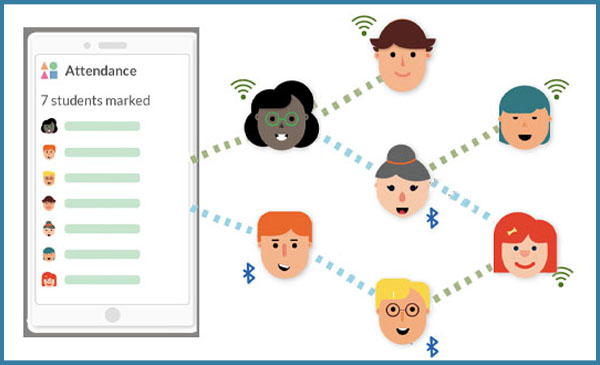Case Journeys
Exploring intriguing stories and insights from around the world.
When Zoom Meets Blackboard: The New Classroom Craze
Discover how Zoom and Blackboard are reshaping education! Uncover the secrets to engaging remote learning experiences in the new classroom craze.
The Benefits of Blending Zoom and Blackboard in Modern Education
In the ever-evolving landscape of modern education, blending Zoom and Blackboard offers numerous benefits that enhance both teaching and learning experiences. One significant advantage is improved accessibility. With platforms like Zoom facilitating live virtual classes and Blackboard providing a robust learning management system, students can engage with course materials from virtually anywhere. This flexibility supports diverse learning styles and accommodates the varying needs of students, ensuring that everyone has equal access to educational resources. For more insights on the importance of accessibility in education, you can read this article.
Moreover, the integration of these two platforms fosters interactive learning experiences that are difficult to achieve in traditional settings. The simultaneous use of Zoom for real-time discussions and Blackboard for assignments and resources encourages active participation and collaboration among students. For instance, instructors can initiate breakout rooms in Zoom for group activities while using Blackboard to distribute materials and collect feedback. This synergy not only enriches the academic experience but also prepares students for the increasingly digital workforce. For further exploration of interactive learning methods, check out this resource.

How to Maximize Student Engagement with Zoom and Blackboard
Maximizing student engagement on virtual learning platforms like Zoom and Blackboard is crucial for effective online education. Create a comfortable and interactive environment by utilizing motivational techniques such as icebreakers and live polls. For instance, using tools like Poll Everywhere or Kahoot! during Zoom sessions can encourage participation and make learning feel dynamic. Furthermore, consider breaking up lectures into shorter segments and incorporating breakout rooms for group discussions, allowing students to collaborate and connect more personally. Research shows that interactive activities can significantly boost student engagement and retention rates (Educause).
On Blackboard, faculty can enhance engagement by leveraging discussion boards and blogs to foster communication outside of live sessions. Encourage students to share their thoughts and respond to each other with structured assignments that require peer feedback. Utilize Grade Center tools to provide timely and individualized feedback, making students feel recognized and motivated. Additionally, TeachThought suggests incorporating multimedia elements such as videos and interactive content, which can make the learning material more accessible and enjoyable. By using these strategies, educators can create a more engaging and responsive online learning environment.
Is the Hybrid Classroom Here to Stay? A Deep Dive into Zoom and Blackboard Integrations
The rise of the hybrid classroom has revolutionized the educational landscape, prompting many to ask: Is it here to stay? According to a report from EdTech Magazine, institutions are increasingly adopting a blend of in-person and digital learning environments, utilizing tools like Zoom and Blackboard. These platforms not only support synchronous learning but also allow instructors to curate engaging asynchronous content for students. The integration of these technologies has demonstrated significant benefits, such as increased flexibility and accessibility, which are crucial in today's fast-paced world.
Moreover, Zoom and Blackboard are continually enhancing their integration to streamline the hybrid teaching experience. For instance, the ability to seamlessly link courses and conduct real-time discussions directly within the LMS creates a cohesive learning environment. As educators adapt to these changes, many are reviewing their digital strategies to ensure they meet evolving student needs. Thus, the consensus among educational leaders is that hybrid classrooms are not just a temporary solution but rather a fundamental shift in how we approach learning.